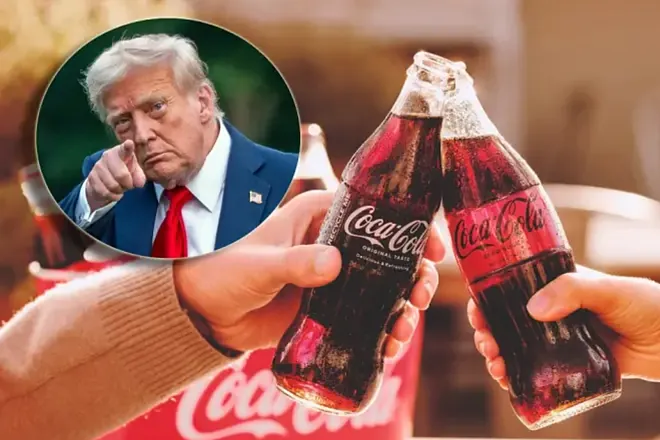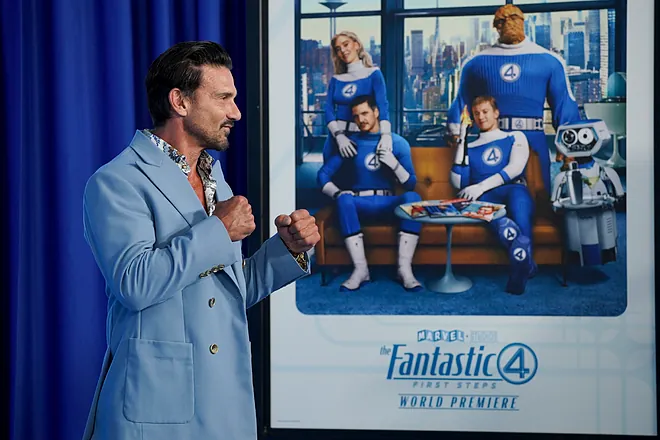Coca‑Cola may swap high-fructose corn syrup for real cane sugar in the U.S. after former President Donald Trump said he talked with the company about the change. Trump thanked Coca‑Cola on social media, and the company responded by thanking him and hinting at new product plans . Experts and corn industry groups warned that replacing corn syrup might hurt American farmers and cost jobs, with little health benefit.
- Trump said Coca‑Cola will use real cane sugar, not corn syrup, in U.S. drinks.
- Coca‑Cola hasn’t confirmed a full switch but showed openness.
- Experts say the move could raise costs, affect corn farmers, and not improve health.

What Exactly Is Changing?
High‑fructose corn syrup (HFCS) is the main sweetener in U.S. Coca‑Cola products. Trump and his Make America Healthy Again (MAHA) campaign want to replace it with cane sugar and stevia extract. Other countries, like Mexico, Britain, and Australia, already use cane sugar in their Coca‑Cola formulas.
Why This Change Matters
- Farm economy: Corn growers fear less demand and lower prices if HFCS use drops.
- Cost and trade: Cane sugar is often imported, adding cost and relying on foreign sources.
- Health debate: Medical groups say HFCS isn’t worse than sugar.
- Political strategy: Observers see it as a tactic to shift public focus amid other controversies.
Coca‑Cola’s Response
Coca‑Cola’s statements were cautious and non‑committal. They said HFCS is safe and used it in U.S. drinks. They thanked Trump but didn’t confirm switching. Instead, they teased “new innovative offerings” soon.
Reactions from Others
- Corn Refiners Association warned that moving away from HFCS would hurt U.S. farmers and jobs, with no health gain.
- PepsiCo echoed consumer demand for natural ingredients, signaling openness to sugar variants.
- Health advocates like Robert F. Kennedy Jr. support reducing lab-made sweeteners but note that cane sugar still adds calories.
"I have been speaking to @CocaCola about using REAL Cane Sugar in Coke in the United States, and they have agreed to do so. I’d like to thank all of those in authority at Coca-Cola. This will be a very good move by them — You’ll see. It’s just better!" –President Donald J. Trump pic.twitter.com/9L27oxlYUj
— The White House (@WhiteHouse) July 16, 2025
Will Europe See a Change Too?
No. Coca‑Cola Europe says it has no plans to change its current recipe. European drinks already use cane sugar, and consumers there are used to that taste.
How U.S. and Europe Differ
| Region | Sweetener Used | Health Impact | Consumer Price |
|---|---|---|---|
| U.S. | Mostly HFCS | Similar calories to sugar; safe | Lower, thanks to corn subsidies |
| Europe | Cane sugar | Same calories, no sweetener change | Higher, due to sugar prices |
| Mexico & others | Cane sugar | Same as Europe | Typically higher, considered premium |
Background on Coca‑Cola Formulas
Coca‑Cola’s original syrup recipe dates to 1886. The syrup “merchandises” include sugar (HFCS or sucrose), caramel color, caffeine, phosphoric acid, and secret oils and flavors known as 7X. In the 1980s, U.S. bottlers switched to HFCS to save costs. Some niche regions still use cane sugar . Variants like Coca‑Cola Life already use stevia and less sugar.
Could This Affect Mexico‑Style Coke?
Mexican Coke, made with cane sugar, is already sold widely in the U.S. and loved for its taste. A wholesale U.S. shift to cane sugar would make all Coke variants taste like the glass-bottle version imported from Mexico. But experts say cost and logistics make a full switch hard.
This headline‑grabbing claim shows how a public figure can shape consumer debates. But the real effect may be limited:
- Coca‑Cola has not announced a full recipe change yet.
- Corn industry and health experts question whether sugar is really better.
- Costs and trade make any change complex and slow.
Still, the discussion shines light on added sugar, food economics, and industry influence—topics important for everyone.





